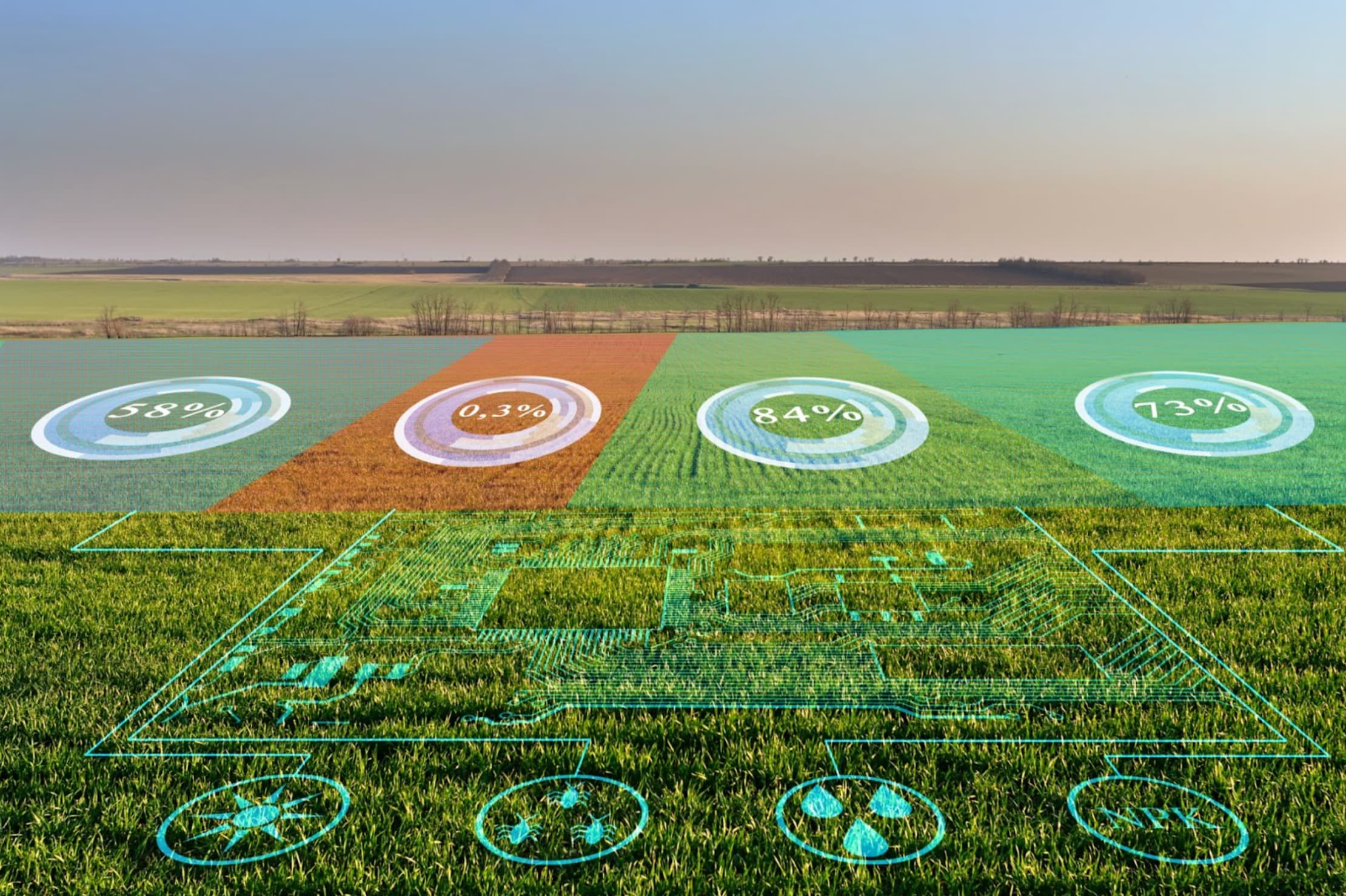In 1967, the California legislature passed and then-Governor Ronald Reagan signed the Mulford-Carrell Air Resources Act, creating the California Air Resources Board. In that same year, the federal government passed the Federal Air Quality Act of 1967, which allowed California to set its own standards for air quality due to the growing smog pollution created by its unique geography, weather and number of vehicles.
Since that time, California has consistently led the nation in significantly reducing the pollution caused by automobile emissions. And because so many automobiles are sold in California, automakers have taken a “50-states” approach to emission standards, certified to meet the California standards instead of treating California as a niche market. The ripple effect has reduced pollution from automobiles across the entire nation and has set California apart as the nation’s leader in fighting climate change.
California has set its sights on taking a quantum leap in the fight against climate change.
Two bills recently signed into law in California impact all companies doing business in California and generating revenues above a certain dollar threshold. The California State Accountability Package requires companies with revenues greater than a specific threshold to disclose how they are addressing financial risks and opportunities stemming from climate change. As envisioned, companies with more than $1B in revenue will be required to report their Scope 1, 2, and 3 emissions to the state in compliance with the Greenhouse Gas Protocol (GHGP). Additionally, businesses with more than $500M in revenue will also be required to report their plans to reduce and adapt to that risk.
Why is this such a big deal? Simply put, California is the 5th largest economy in the world. The implication of the bills passing is that many businesses are going to have to disclose their GHG emissions and corresponding plans to reduce them. Using the automobile example, this legislation will likely have a significant impact on reducing global GHG emissions and help meet the 1.5C goals of the UN Paris Climate Agreement by creating a mechanism to force tens of thousands of other companies to report and reduce their emissions. As management consultant Peter Drucker famously said, “What we can’t measure, we can’t manage.” Measuring and reporting emissions accurately and in detail serves as the basis to reduce those emissions and gives us a fighting chance to reach the goals outlined in the Paris Agreement.
These California laws are no magic wand.
Passing the law is the first step. Implementing it brings a whole different set of issues.
The amount of data that make up a corporate emissions inventory is large and the sources are widely varied. To further complicate matters, for many companies, more than 80% of their emissions could be Scope 3 emissions - emissions that are outside the direct control of the company, adding to the difficulty of accurately capturing that data, and the need to partner with their suppliers. For companies in the food and agriculture sector, a significant portion of the Scope 3 emissions (60-95%) resides on the farm level from which they source their crops. According to the USDA, in 2022 there were 2 million farms in the U.S. alone. It is easy to see how trying to manually collect GHG emissions data from that many farms will be a Herculean task. In fact, one of the major concerns of the sector is that the new laws will create further burden on the nation’s farmers, requiring them to provide that data to those who buy their crops. However, having accurate baseline emissions data, credible GHG reduction estimates from interventions, and reliable ongoing monitoring of implementation of practices is essential to give credibility to company efforts and public reporting. Manual collection of data is clearly not an option to meet the new requirements. Fortunately, technology-enabled platforms already exist to solve this problem and are already in use to collect data required for other uses, such as crop insurance reporting, food safety assurance, etc. Remote sensing technologies powered by satellite observations are currently being used to collect information on agricultural practices, crop health, weather, and other inputs to drive sustainability decisions by companies on the forefront of reducing the environmental impact of global food production.
Embracing a new era
Assessing climate risk is no easy task — but it's on the horizon.
We are moving into a new world of increased climate risk disclosure and reporting requirements and this new legislation in California will accelerate the creation of that new world.
Just as the automobile industry initially saw the requirements for new environmental standards as an obstacle to overcome, the eventual outcome was innovation in transportation technologies that resulted in vast improvements in air quality. The evolution of the California Air Resources Board auto emissions policy is driving the increase in the electric vehicle market. These new emissions reporting requirements in the California State Accountability Package have the potential to drive similar degrees of innovation in the food and agriculture sector. Remote sensing technologies powered by satellite observations and improvements in soil carbon modeling capabilities will drive the scalable adoption of agricultural practices that can remove carbon from the atmosphere, reduce emissions from fertilizers, reduce nutrient runoff into critical watersheds, and improve soil health to support more stable yields despite climate volatility.
At the forefront of combining the advances in these technologies to allow for the gathering of agricultural emissions data in a straightforward manner without adding a burden to farmers is a new wave of technology providers, such as Regrow Ag. If companies are to be required to disclose detailed GHG inventories for their activities as proposed under the new California laws, we must embrace innovations that can accurately and credibly collect the needed data in a way that allows us to make real progress in mitigating climate change while not increasing the burden on the farmers and ranchers that feed the world’s growing population. These new reporting requirements, satisfied using compatible novel technologies that make cost-effective reporting at scale possible, will lead to more efficient greenhouse gas reduction strategies which will ultimately lead us to meet our climate goals.



